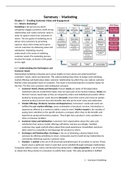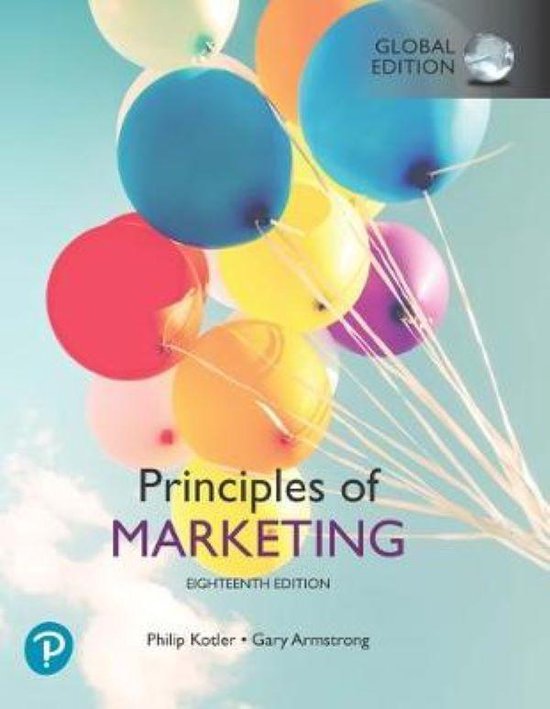Summary
Summary Principles of Marketing, Global Edition, ISBN: 9781292341132 Marketing 1 (E_EBE1_MRKT1)
- Course
- Institution
- Book
Summary Principles of Marketing, all information needed for the midterm is here, everything from the slides and lectures to the book. This document is all you need to get a good grade from Marketing 1 midterm.
[Show more]










